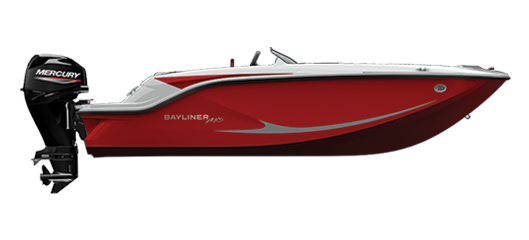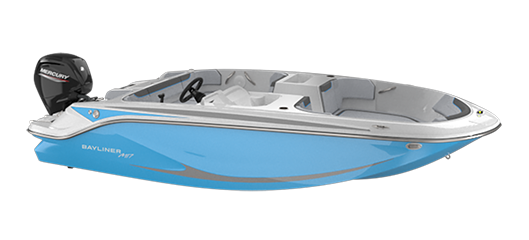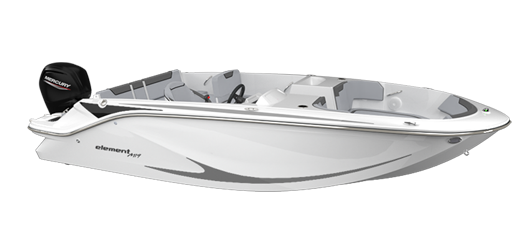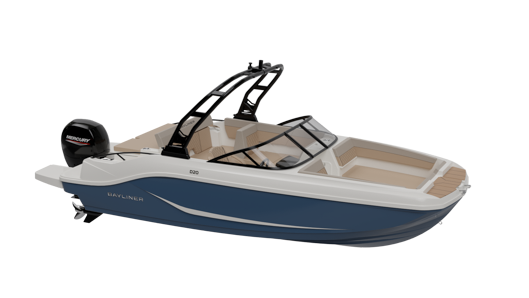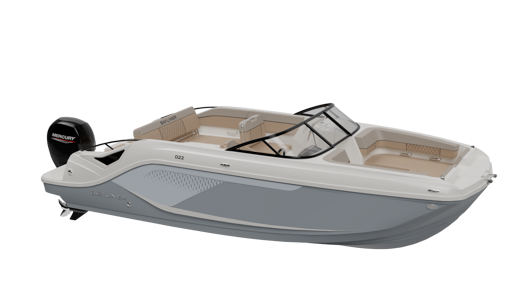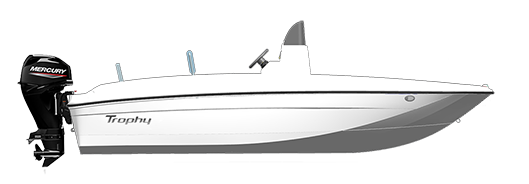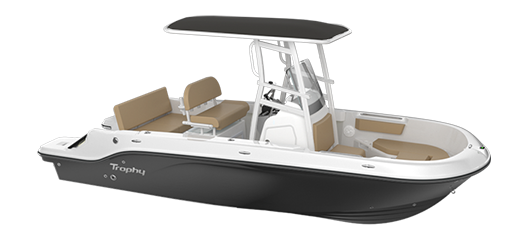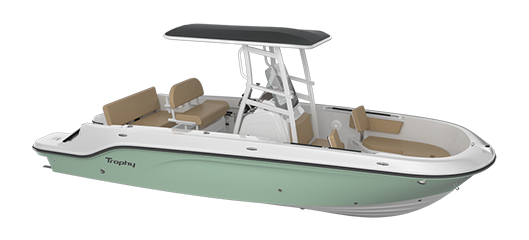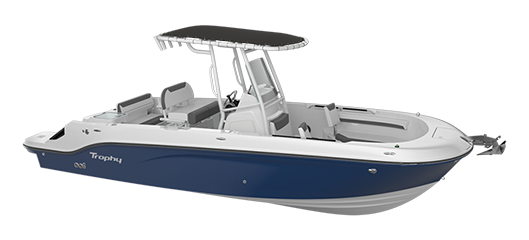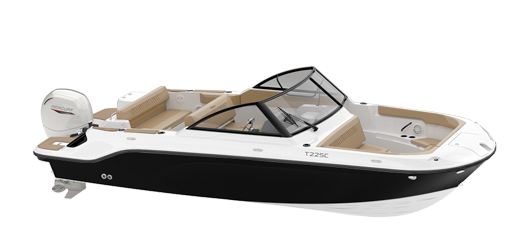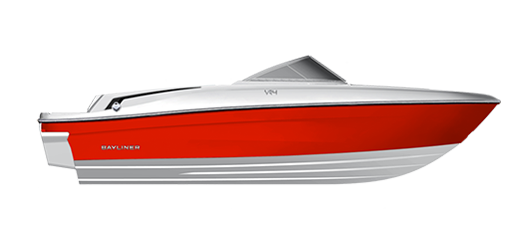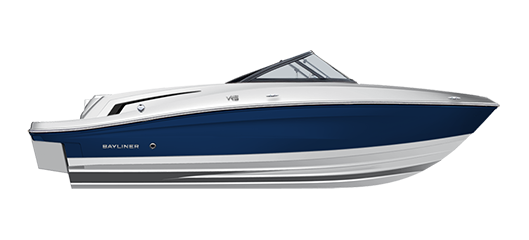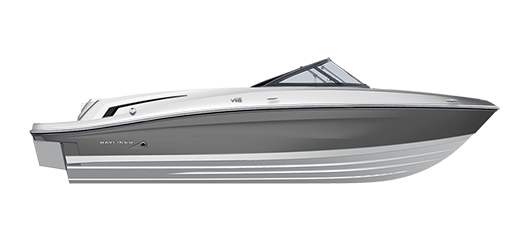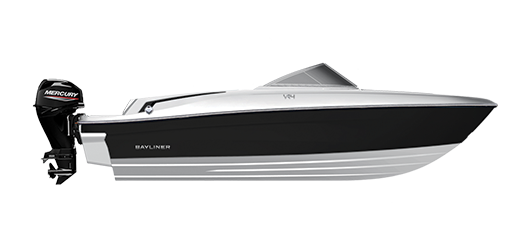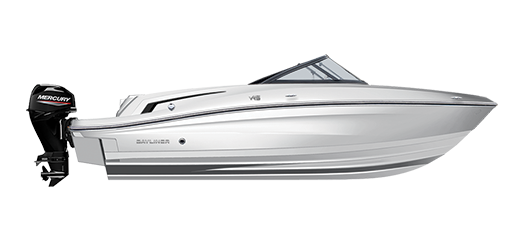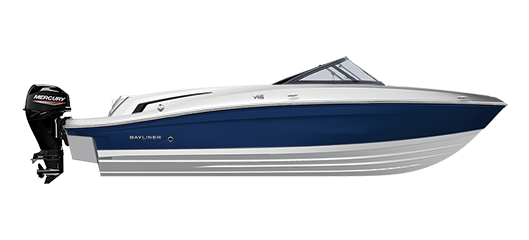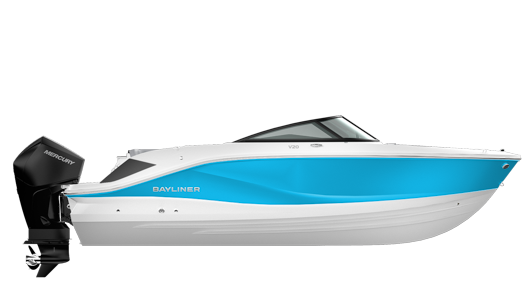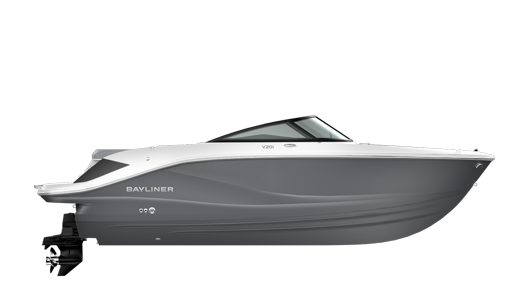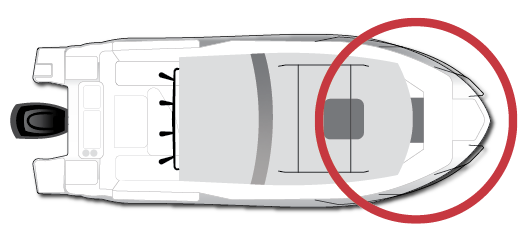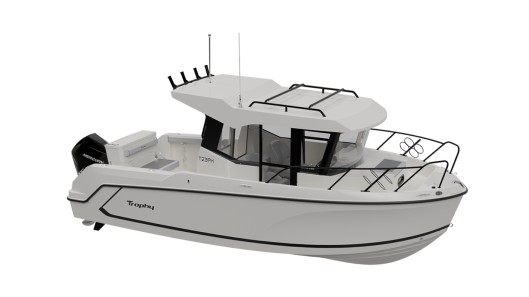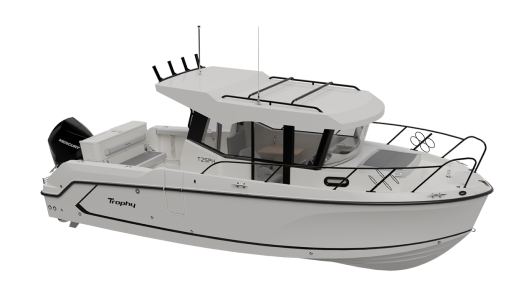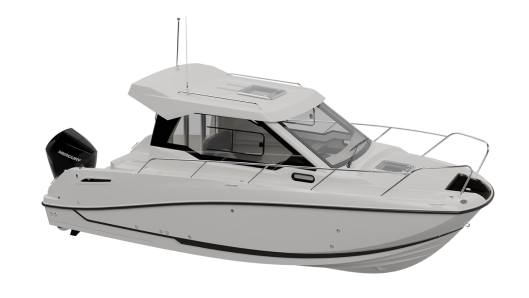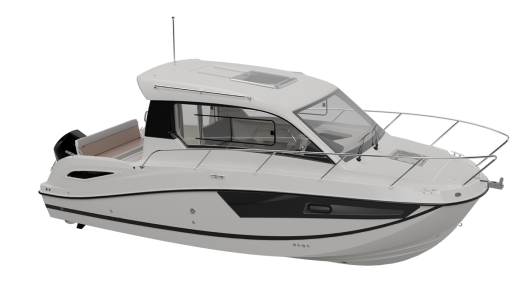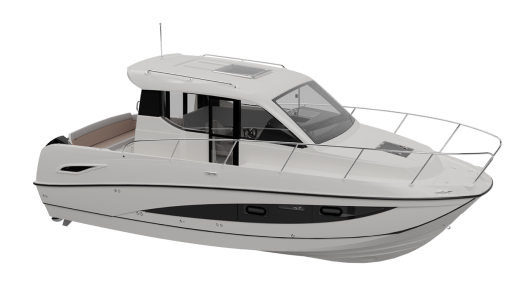-
Deck Boats

Deck boats provide maximum space to enjoy while cruising and also offer functionality for recreational water sports.
-
Center Console

Center Console boats are medium-sized, trailerable vessels usually used for cruising and fishing
-
Side Console
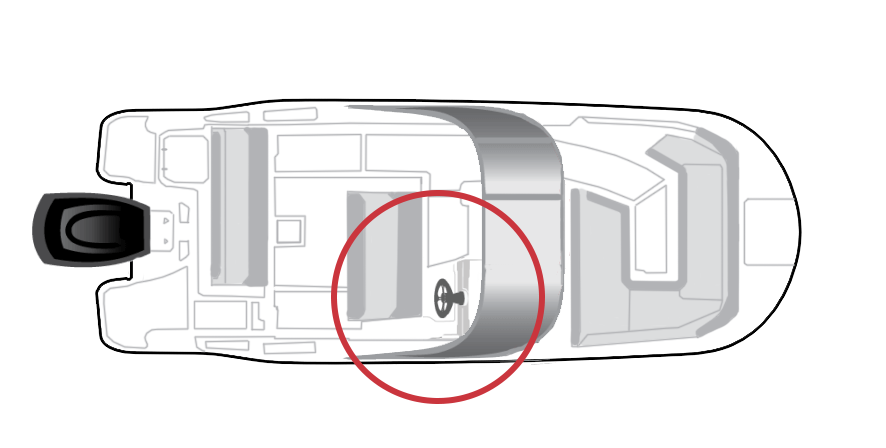
With the side-console configuration and fish-ready features, it is an easy choice if you love reeling in quality time as much as big catch.
-
Bowrider
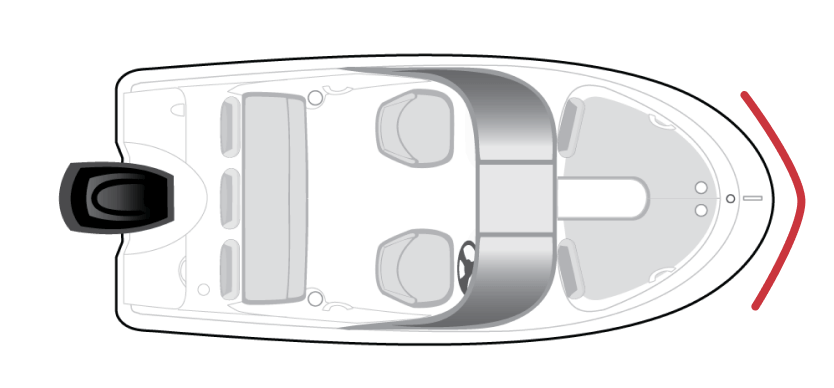
Bowriders are pointy at the front & are designed to handle choppy water smoothly.
- Overnight
-
Center Console

Center Console boats are medium-sized, trailerable vessels usually used for cruising and fishing
-
Side Console

With the side-console configuration and fish-ready features, it is an easy choice if you love reeling in quality time as much as big catch.
- Overnight
-
Deck Boats

Deck boats provide maximum space to enjoy while cruising and also offer functionality for recreational water sports.
-
Bowrider

Bowriders are pointy at the front & are designed to handle choppy water smoothly.
